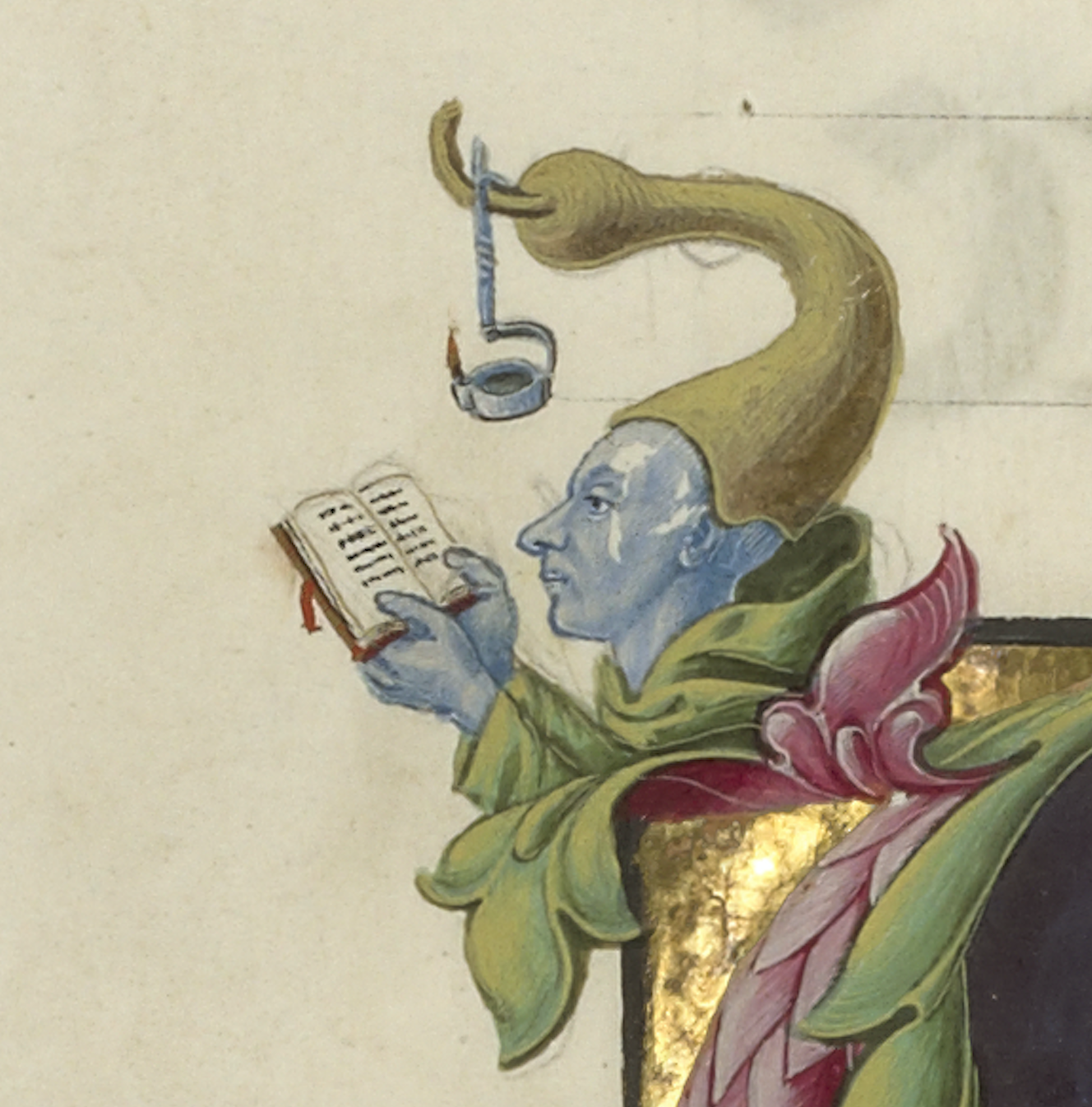
Figures 6a, 6b, 6c Quote 3 / Recipe 3
“Another black is made in this manner: take a lamp full of linseed oil, light the lamp and put it under a clean baking-dish, so that the flame of the lamp shall be about the distance of two or three fingers from the dish, and the smoke which comes from the flame shall strike against the dish; collect the smoke together; wait a little; take the baking dish, and sweep off the smoke (which is the pigment) into paper, or into some vessel; it does not require grinding, because it is already a very fine powder. Thus you may continue to fill the lamp with the oil, put it under the dish, and make in this manner as much color as you require.”[1]


Black soot pigment could also be produced from an ordinary oil lamp. Oil lamps were filled with locally available oil, even rancid oil served well. A representative description of a soot preparation process from linseed oil is included in Cennini’s Il libro dell’arte and cited here.
Oil of hemp or beetroots for making a black watercolor which also served as drawing ink were mentioned in the South German Liber illuministrarum, a late medieval manuscript from Tegernsee monastery.[2]
Ink makers from Eastern Asia still practice their ancient craft of producing soot from vegetable oils for calligraphic inks. They choose specific types of oil to produce distinct shades of black. Krünitz in 1820 provides a description of the process: to produce soot on a larger scale, the Chinese have purpose-built houses that are divided into small chambers. Each chamber contains numerous burning lamps of one type of oil which are maintained from early morning until late at night. The oil lamps are covered, and the soot is collected regularly, similar to the European method.[3]
[1] Merrifield. 1844. A Treatise on Painting. Written by Cennino Cennini: p. 22. See also Broecke. 2015. Cennino Cennini’s Il libro dell’arte: p. 60-61. https://books.google.nl/books?id=O5VkAAAAcAAJ&printsec=frontcover&source=gbs_ge_summary_r&cad=0#v=onepage&q&f=false.
[2] Liber illuministarum. 1450/1500-1512. Munich, Staatsbibliothek, MS. Germ. 821: fol. 28r, 28v, 143r. In: Bartl et al. 2005. Der “Liber illuministarum” aus Kloster Tegernsee: p. 93, 267.
[3] Krünitz. 1820. Oekonomisch-Technologische Encyklopädie, Vol. 128: p. 732.
[1] Merrifield. 1844. A Treatise on Painting. Written by Cennino Cennini: p. 22. See also Broecke. 2015. Cennino Cennini’s Il libro dell’arte: p. 60-61. https://books.google.nl/books?id=O5VkAAAAcAAJ&printsec=frontcover&source=gbs_ge_summary_r&cad=0#v=onepage&q&f=false.
[2] Liber illuministarum. 1450/1500-1512. Munich, Staatsbibliothek, MS. Germ. 821: fol. 28r, 28v, 143r. In: Bartl et al. 2005. Der "Liber illuministarum" aus Kloster Tegernsee: p. 93, 267.
[2] Liber illuministarum. 1450/1500-1512. Munich, Staatsbibliothek, MS. Germ. 821: fol. 28r, 28v, 143r. In: Bartl et al. 2005. Der "Liber illuministarum" aus Kloster Tegernsee: p. 93, 267.